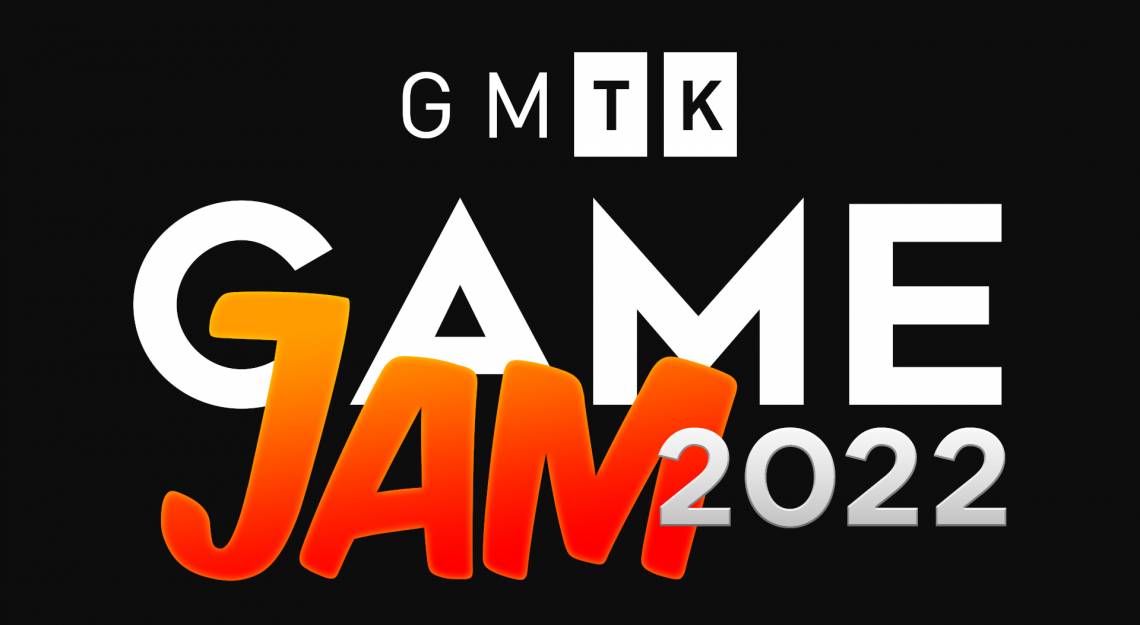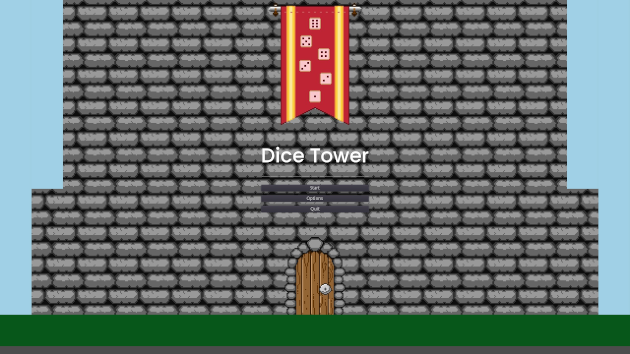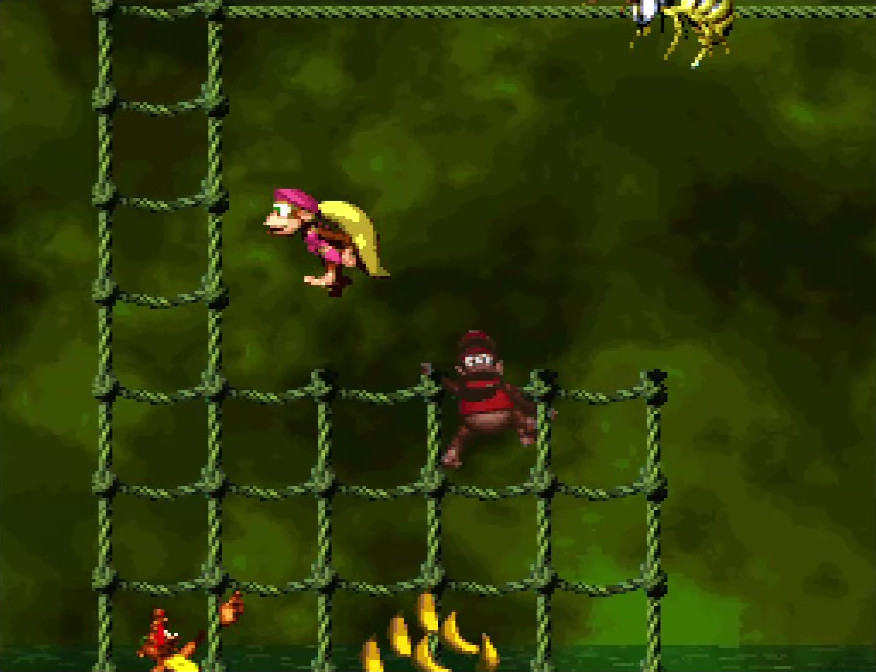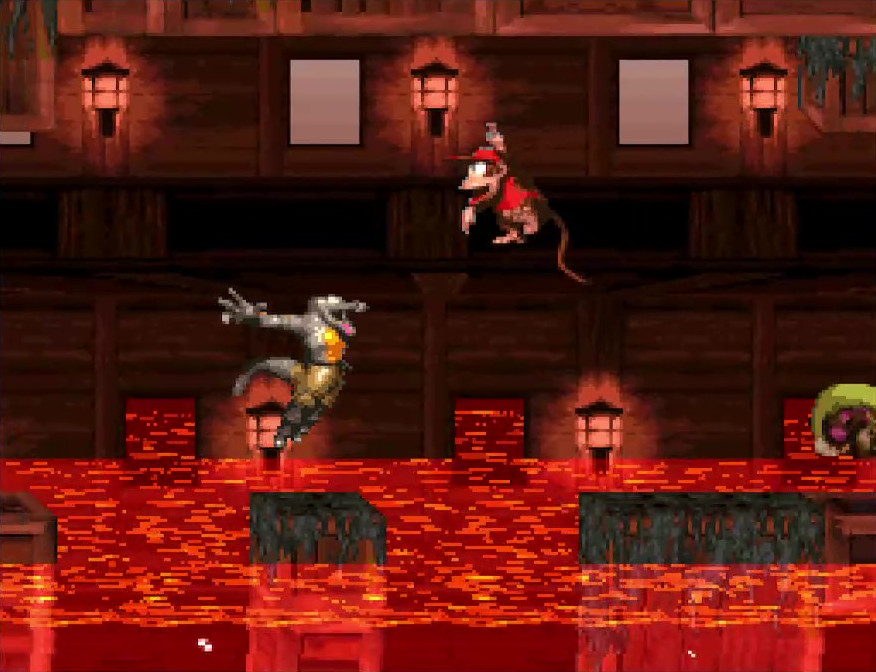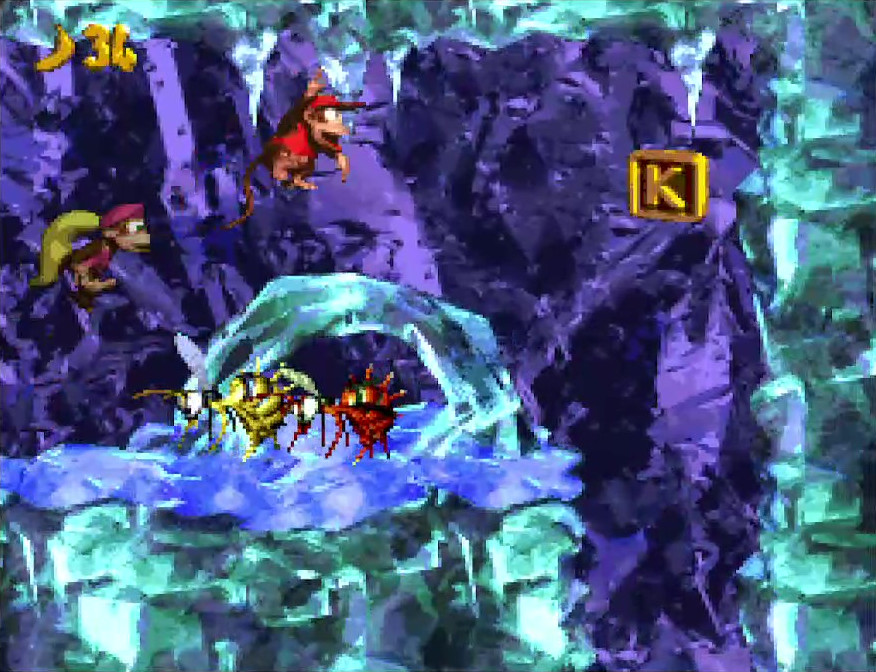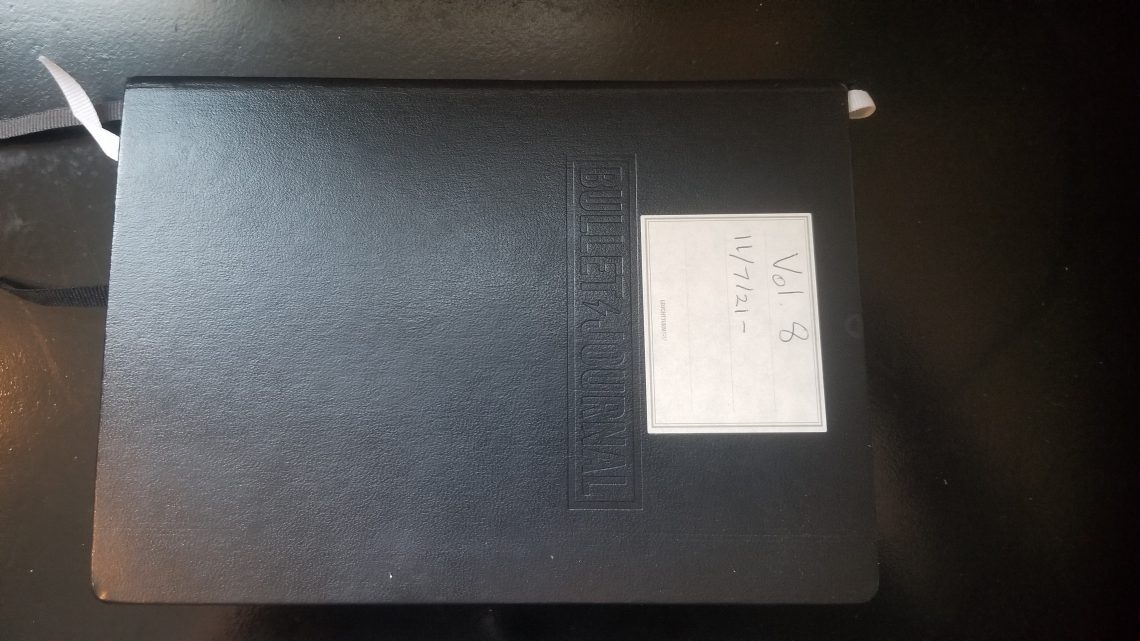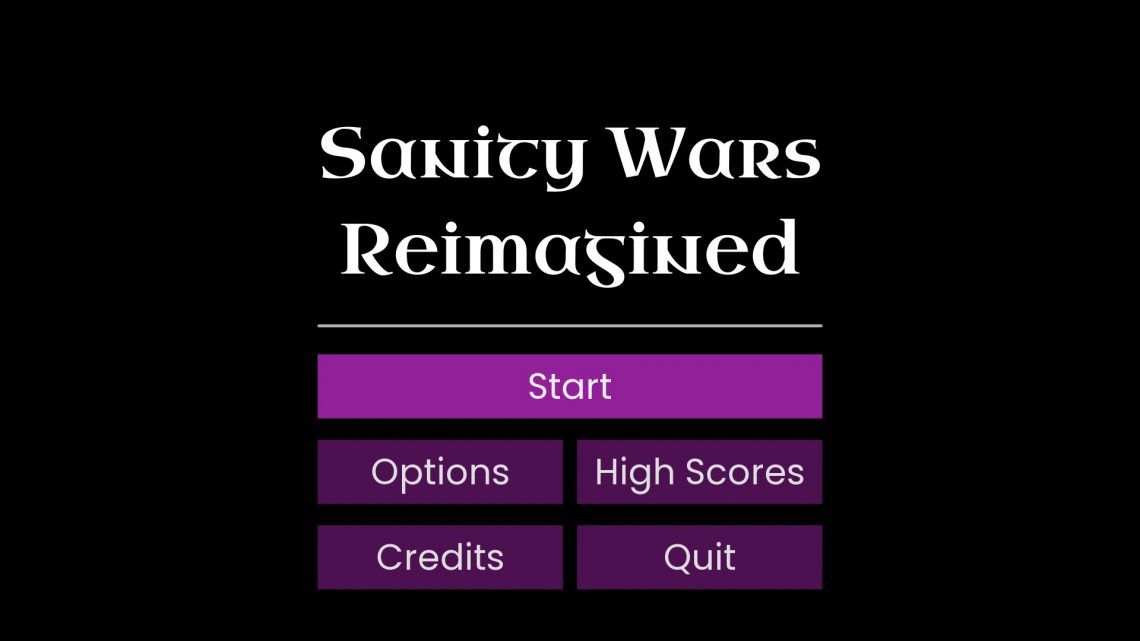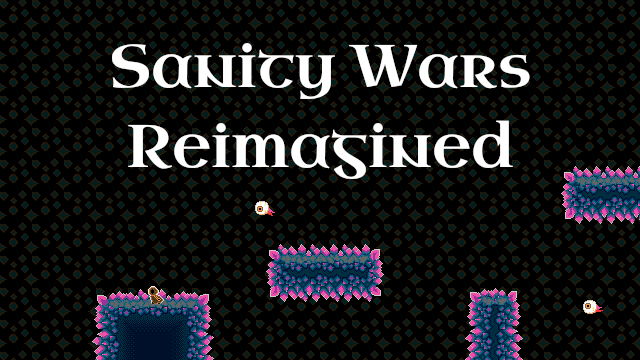Rebecca and I participated in our first game jam in nearly three years. Read on to find out how it went!
Dice Tower (Game Jam version) released!
Over the last three days, PixelLunatic and I worked on a game for Game Maker’s Tool Kit Game Jam 2022. Our entry is Dice Tower, and you can play it here! Dice Tower by Josh and Rebecca Keep in mind that this is a game jam game, so this is far from perfect (for example,…
How Donkey Kong Country 2’s Movement Feels Amazing (Part 3)
The third and final part of this design dive into the movement mechanics of Donkey Kong Country 2! Here, we examine the enemy designs and how they contribute to the Kongs’ moves feeling great.
How Donkey Kong Country 2’s Movement Feels Amazing (Part 2)
Part two of three in this design dive into the movement mechanics of Donkey Kong Country 2! Here, we examine the level design and how it is tailored to fit the Kongs’ moves.
How Donkey Kong Country 2’s Movement Feels Amazing (Part 1)
Part one of three in this design dive into the movement mechanics of Donkey Kong Country 2! Here, we examine the Kongs’ moves and why they feel as good as they do.
Bullet Journaling
Learning how to use a bullet journal has been one of the most important things to happen in my life. Intrigued? Read on to find out how!
Postmortem: Sanity Wars Reimagined
Sanity Wars Reimagined has been released! Read about how the game was developed, and what we learned along the way.
Sanity Wars Reimagined released!
The game PixelLunatic and I have been working on for the past seven months, Sanity Wars Reimagined, has been officially released! Download it here. It’s been a long seven months, working on this game, and while there’s still plenty of things that could be improved, overall I’m pleased with how this game turned out. Most…
Implementing the Messenger Pattern in Godot
Note: If you implemented this pattern and are now experiencing issues with get_tree() calls, see my Issues with get_tree() section at the end of the article. Oftentimes, in code, you need a way to have different parts of the codebase communicate with each other. One way to do this is have those components directly call…
How I Structure My Game Projects
As a programmer, I spend a lot of time figuring out how things should be named and organized. I want things to have readable, comprehensible names, and to be organized in ways that make sense to me. To that end, when I started out in game development, I wanted to figure out how I should…
